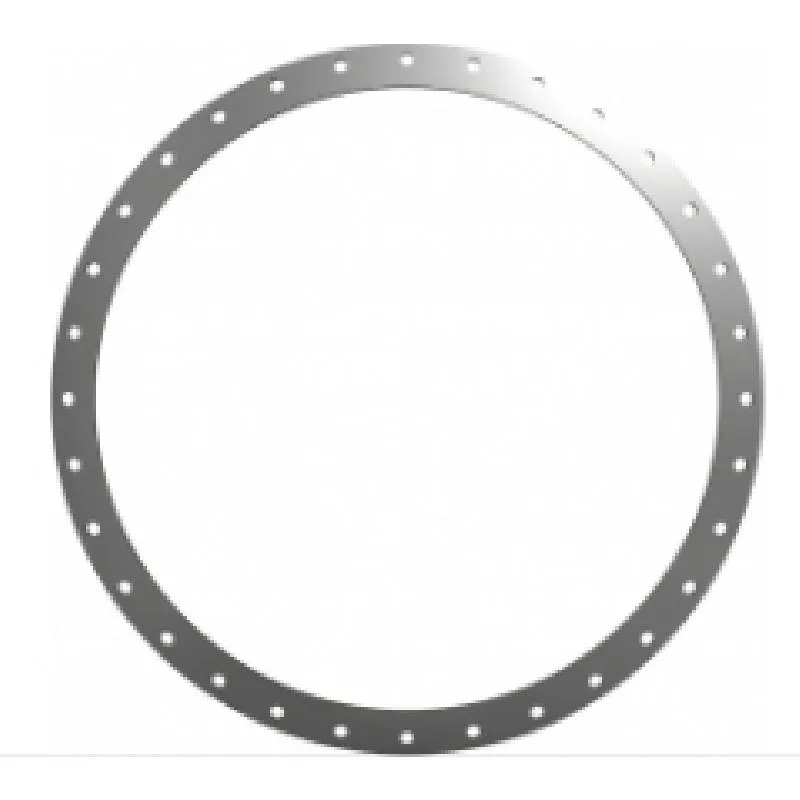-
Cangzhou Yulong Steel Co., Ltd.
-
Phone:
+86 13303177267 -
Email:
admin@ylsteelfittings.com
- English
- Arabic
- Italian
- Spanish
- Portuguese
- German
- kazakh
- Persian
- Greek
- French
- Russian
- Polish
- Thai
- Indonesian
- Vietnamese
- Zulu
- Korean
- Uzbek
- Hindi
- Serbian
- Malay
- Ukrainian
- Gujarati
- Haitian Creole
- hausa
- hawaiian
- Hebrew
- Miao
- Hungarian
- Icelandic
- igbo
- irish
- Japanese
- Javanese
- Kannada
- Khmer
- Rwandese
- Afrikaans
- Albanian
- Amharic
- Armenian
- Azerbaijani
- Basque
- Belarusian
- Bengali
- Bosnian
- Bulgarian
- Catalan
- Cebuano
- China
- China (Taiwan)
- Corsican
- Croatian
- Czech
- Danish
- Esperanto
- Estonian
- Finnish
- Frisian
- Galician
- Georgian
- Kurdish
- Kyrgyz
- Lao
- Latin
- Latvian
- Lithuanian
- Luxembourgish
- Macedonian
- Malgashi
- Malayalam
- Maltese
- Maori
- Marathi
- Mongolian
- Myanmar
- Nepali
- Norwegian
- Norwegian
- Occitan
- Pashto
- Dutch
- Punjabi
- Romanian
- Samoan
- Scottish Gaelic
- Sesotho
- Shona
- Sindhi
- Sinhala
- Slovak
- Slovenian
- Somali
- Sundanese
- Swahili
- Swedish
- Tagalog
- Tajik
- Tamil
- Tatar
- Telugu
- Turkish
- Turkmen
- Urdu
- Uighur
- Welsh
- Bantu
- Yiddish
- Yoruba

Dec . 01, 2024 04:21 Back to list
connecting galvanized pipe
Connecting Galvanized Pipe A Comprehensive Guide
Galvanized pipes are widely used in various plumbing applications due to their durability and resistance to corrosion. Made of steel and coated with zinc to prevent rust, these pipes are ideal for both residential and industrial installations. Understanding how to connect galvanized pipes efficiently is essential for ensuring a reliable plumbing system. This article outlines the key steps and considerations when connecting galvanized pipes, along with tips for achieving a secure and long-lasting connection.
Understanding Galvanized Pipe Components
Before diving into the process of connecting galvanized pipes, it's important to understand the essential components involved. The primary elements include the pipes themselves, which come in various diameters, and the fittings used to join them. Common fittings include elbows, tees, and couplings, specially designed to create seamless connections at various angles and junctions.
Tools and Materials Required
To connect galvanized pipes effectively, you'll need several tools and materials
1. Pipe Wrench Essential for gripping and turning the pipes during connections. 2. Thread Seal Tape Also known as plumber’s tape, this is used to ensure a watertight seal on threaded connections. 3. Pipe Cutter If you need to cut the pipes to the desired length, a pipe cutter will provide a clean cut. 4. Fittings Depending on the required configuration, you will need the appropriate galvanized fittings. 5. Pipe Joint Compound Optional, but can provide additional sealing for threaded connections.
Steps to Connect Galvanized Pipes
1. Measure and Cut Determine the length of the pipe needed and use a pipe cutter to make a clean cut. Ensure that the cuts are straight to facilitate a better seal.
connecting galvanized pipe

2. Clean the Threads If you are working with threaded ends, clean any debris or corrosion from the threads to ensure a proper seal.
3. Apply Thread Seal Tape Wrap the threads of each pipe with thread seal tape in a clockwise direction. This will help prevent leaks at the joints.
4. Attach Fittings Depending on your configuration, screw the appropriate fittings onto the ends of the pipes. Use a pipe wrench to tighten the fittings securely, but be careful not to over-tighten, as this can damage the threads.
5. Join the Pipes Connect the pipes using the attached fittings. If using straight pieces, a coupling can be utilized. For changes in direction, elbows or tees will be needed.
6. Check for Leaks After completing the connections, turn on the water supply and check each joint for leaks. If any leaks are detected, tighten the connections as necessary.
Maintenance Tips
Maintaining galvanized pipe connections is crucial for prolonging their lifespan. Regularly inspect the pipes for signs of wear, rust, or leaks. If you locate a corroded section, consider replacing it to prevent water damage. Additionally, ensure that any joints are tight and intact.
Conclusion
Connecting galvanized pipes is a straightforward task that can be accomplished with the right tools and knowledge. By following the steps outlined above and ensuring proper maintenance, you can enjoy a robust and efficient plumbing system. Whether you’re a DIY enthusiast or a professional plumber, mastering the art of connecting galvanized pipes can significantly enhance your plumbing projects.
Latest news
-
ANSI 150P SS304 SO FLANGE
NewsFeb.14,2025
-
ASTM A333GR6 STEEL PIPE
NewsJan.20,2025
-
ANSI B16.5 WELDING NECK FLANGE
NewsJan.15,2026
-
ANSI B16.5 SLIP-ON FLANGE
NewsApr.19,2024
-
SABS 1123 FLANGE
NewsJan.15,2025
-
DIN86044 PLATE FLANGE
NewsApr.19,2024
-
DIN2527 BLIND FLANGE
NewsApr.12,2024
-
JIS B2311 Butt-Welding Fittings LR/SR 45°/90° /180°Seamless/Weld
NewsApr.23,2024











